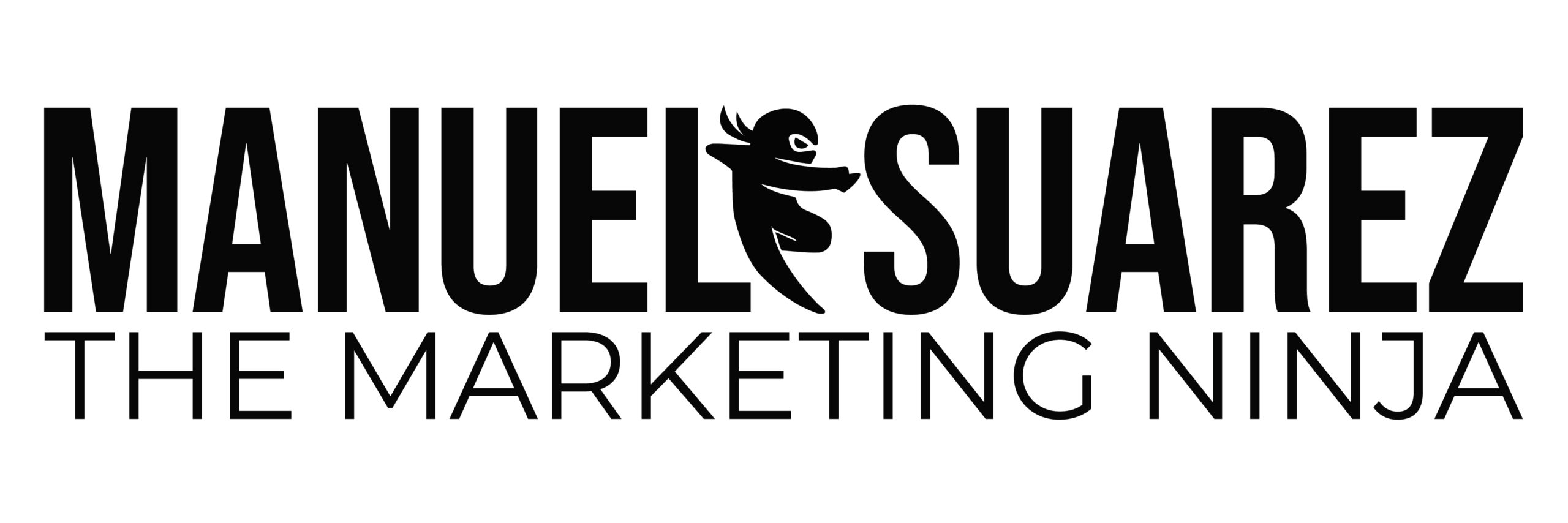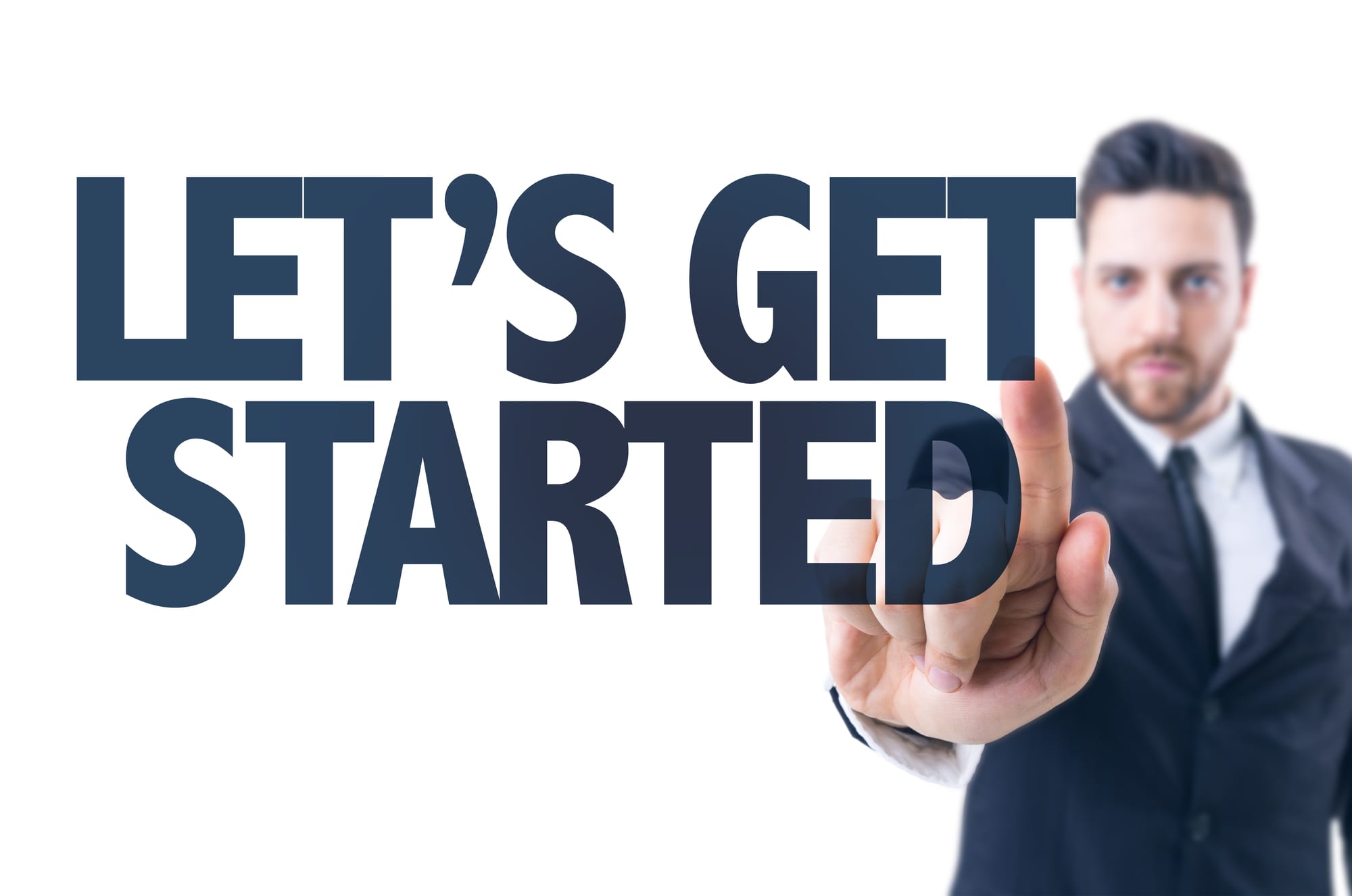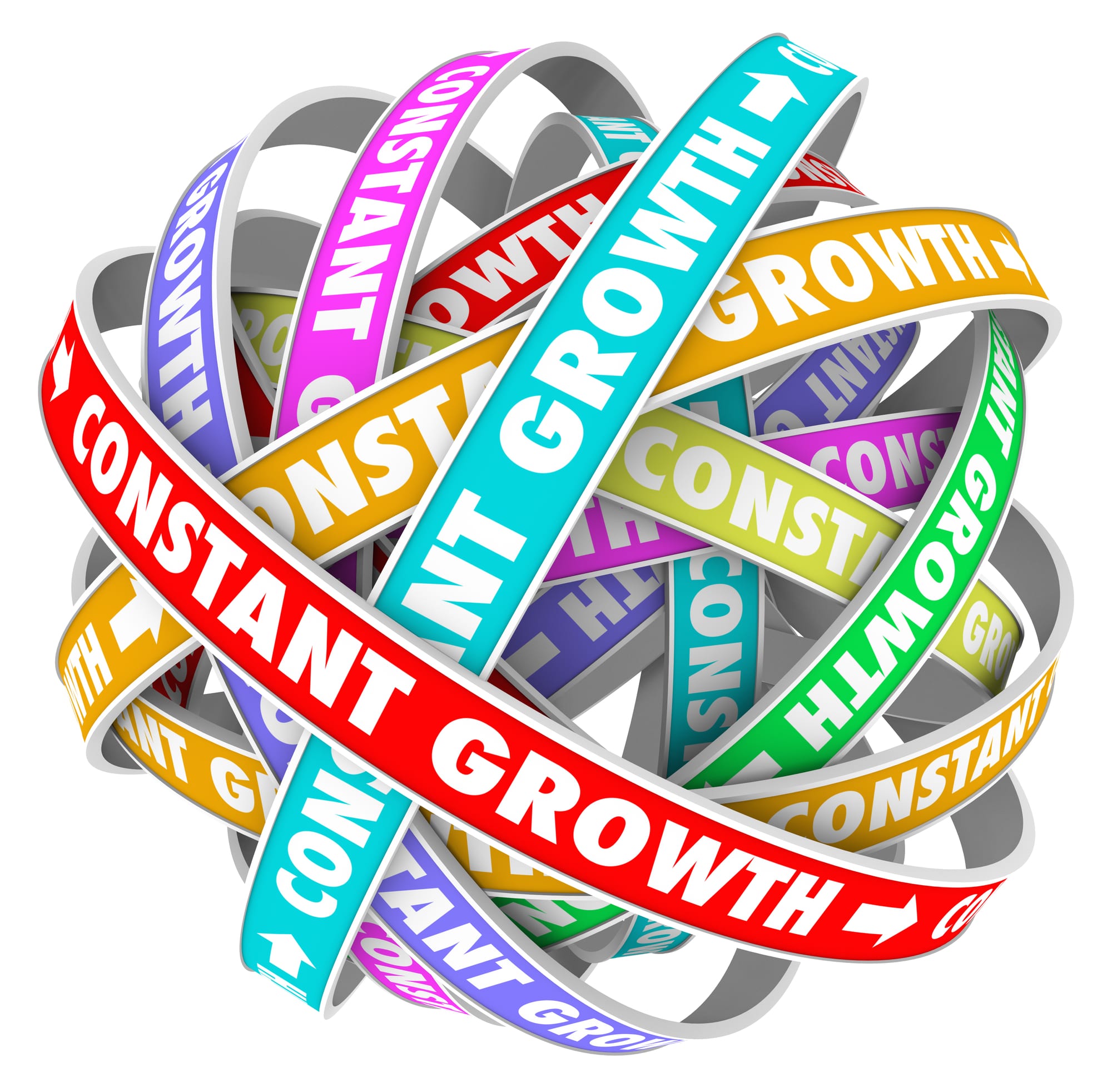Podcast Description
In this podcast, I explain the 3 types of audiences on Facebook and I go deep into a very powerful audience called Facebook’s core audience.
All these audiences are available for advertising on Facebook, Instagram, and all the family of apps. To sign up to the Jason Fladlien webinar on March 7th at 3 pm eastern time, click here: manuelsuarez.com/amazonwebinar.
To get started on the Facebook Ads mini-courses click here: manuelsuarez.com/minicourses
Podcast File
Audience Discovery on Facebook – A Deep Dive Into Facebook’s Core Audience
Click here to download this Podcast>>
Podcast Transcription
Hey, guys! Welcome again to the Facebook Marketing Ninja Podcast. I’m excited to be here one more time. I know, I did a podcast a couple of days ago talking about a webinar that we have coming up this next Thursday on the subject of Amazon. If you are an Amazon seller, you should check that out because we’re going to be holding a webinar on March 7th by my great friend Jason Fladlein. It’s going to be on the subject of how to build a successful Amazon business in this incredible world. It’s a 4-step formula to building a profitable and successful Amazon business from scratch. So check that out. If you want to sign up, you still have time. If you’re listening to this or watching this before March 7th, 3 pm, Eastern Time, you can still go ahead and sign up right now and you go and check that out.
But, officially, I haven’t done a podcast since February 7th. Wow! That is a world of time. It’s almost a month since my last podcast. There’s been a lot going on. We’re not going to get into those details but as you guys know, I run a marketing agency and these guys keep me really busy and I have to keep on working hard, delivering seminars, traveling the world, and doing all those things that I’m obviously passionate about. Isn’t it fun to be alive in this era? Isn’t it something that it’s so exciting to be a part of this unique era in which we can communicate to the world and build businesses? It’s all so much fun. Whatever dreams that you had when you were growing up, for the first time right now, they are within the arms reach because we have the social media era.
Social media doesn’t make us better. It just gives us more communication. It gives us more access to populations, to people, to eyeballs, to potential buyers. That’s all it is. Whatever ability we had before social media just gets multiplied about a hundred times because of the effect that it’s having around the society. So, that’s what it is all about.
FINDING YOUR AUDIENCE USING FACEBOOK
Today, I’m going to talk about something that is really important which is finding your audience on Facebook. But not only finding your audience using Facebook data so you can find your ideal audience overall. I’m going to briefly talk about that. If you’ve been following my podcast for a while, you know that I’ve covered this before. I talked about the subject of finding an audience on Facebook many, many times before. If you want to check out an earlier episode that you need to listen to on the Facebook advertising side of things, it’s the one that I did on August 9, 2018. You should go back and check that out. That one is called “Exploring Facebook Objectives”. Today, we’re going to talk about the next step after you have selected what objective you’re trying to accomplish. If you need to go back and refresh, go and check that episode out, go and listen to it because, in that one, I talked about the first step which is finding out what you need to do. What is the thing that you are trying to accomplish? Are you trying to get messages? Generate leads? Sales? Branding? Based on that, you select that first step which is the objective. And then we talked about the next step which is finding your audience on Facebook.
Now, let me tell you what’s important about audiences on Facebook. There’s actually more than one type of audience. To be exact, to be precise, there are three types of audiences on Facebook and that’s it. You either have something Facebook calls Core Audience. I’ll explain that in a second. Today’s podcast is going to be all about that particular one which is the core audience. Or you have something that’s called a Lookalike Audience. Or you have something that’s called the Custom Audience. Here’s a very quick recap on those three. Number 1, Core Audience. The Core Audience is equal to Facebook data. So, the Core Audience is all those audiences that Facebook is giving you data about what they like, their interest, the age demographics, their income level based on IRS data, we’re going to be talking about that in a second. Based on where they live, their zip codes, et cetera, pages that they like, things that they like to do, whether they shop online or they’re only window shoppers, whether they’ve been around for a long time on Facebook or they recently got an account or whether they use Instagram or Facebook, are they married? Single? Do they have kids? Do they like animals?
All those stuff is core data, core information about an audience that Facebook has been accumulating for many, many years because you gave them permission to accumulate this data. That’s just the way it is. Facebook, as part of the user agreement has permission to accumulate data about what you do on the platform. The platform is owned by them not by you. Because of that, you are giving them information all the time. When you go to a website and you purchased something on the website, keep in mind that the website usually has a little snippet of code called the Facebook Pixel that is shooting that data as to what you’re doing on that website back to Facebook. Facebook uses that data to further help other marketers find audiences.
Not only that. Even you as the brand, as the one with the code in it, you can use it to find something that Facebook calls it a lookalike audience. Let’s segway into the next type of audience which is the Lookalike Audience. A Lookalike Audience is an audience based on people that are similar to the audiences that are important to you. For example, if you have a customer list, you can give that to Facebook with emails, with phone numbers, with names in a format like CSV file or an excel file. You give it to Facebook and you tell Facebook, “Facebook, I want to find people that are like these people here, like my customers – people that purchased from me, that are part of my subscription. I want to find these people and please help me get as close as possible to my ideal audience.” They hash the data, they connect it with other sources of information, and now, they help you find people that are like your customers. They connect six common traits with other people and now you have a Lookalike Audience. That’s based on your data.
JUST TO RECAP
We’ve got the Core Audience, Facebook’s data. We have the Lookalike Audience based on your data. Then, we have the Custom Audience. A Custom Audience is your data. A Custom Audience is, for example, people that are your friends on your Facebook page, your followers of your Facebook page. Also, your email list is a Custom Audience. Also, people that consume your videos is another Custom Audience. People that are sending you messages on Messenger is another Custom Audience. People that have engaged with your Facebook page or engaged with your Instagram profile, people that have engaged overall with you on any of the Facebook family owned apps become your Facebook audience.
So, those are the three types of Facebook audiences. What do we got? We got the Custom Audience, we got the Lookalike Audience, and we got the Core Audience. Those three audiences are all really valuable. Some of them are going to work better in some cases. Some of them are going to work worse in some other cases. It really does depend. I can tell you, for example, the lookalike audiences and the core audiences equal to Facebook data. These audiences are meant to be audiences to find top of the funnel audiences. Meaning people not aware of who you are and what your services do. The ones at the middle which are the custom audiences are the ones that you want to use to retarget, to generate new purchases to keep people active, to get people to become brand ambassadors and connect with you even further to sell a higher up on the valuable service that you have to offer.
Those are your Custom Audiences. The ones that are hottest and that would actually purchase things from you already or engage or provide their contact information are the actual Custom Audiences that have engaged with you to a certain degree by watching videos, by messaging your page, all that stuff. All of these audiences, you can actually create by going to your Business Manager on Facebook, business.facebook.com, going to the drop-down menu and going to Audiences. When you go to Audiences, in there you can create a Custom Audience, a Lookalike Audience. You can create all kinds of audiences. Now, that’s a summary of the three types of audiences that you have access to in the Facebook world.
THE CORE AUDIENCE – FACEBOOK’S DATA
Let’s now talk about now, particularly, let’s get micro into one of the most important of those audiences and that is the Core Audience. The Core Audience is Facebook’s data. This has gotten better every step of the way so let’s talk about that right now. If you go to your Business Manager, if you go to business.facebook.com, if you go to your Business Manager right now, you select your objective, what are you trying to accomplish? Are you trying to get messages? Are you trying to generate purchases? Are you trying to generate leads? Branding? Video views? Engagement? Whatever you’re trying to accomplish. Once you select that on the Ads Manager which is where you create all your ads, the next step on the process of creating an ad is selecting your audience. On your audience step, there’s a lot of things in there. You can select if you want certain people to your website. What is the demographic? Are you looking for a certain age range? Are you going to go after a Custom Audience? Are you going to select males or females only? What country are you going to target?
But, this is what we’re going to talk about a little bit more right now and this is what I’m going to concentrate the rest of this podcast. There is a section called detailed targeting. This section called detailed targeting is a very, very important section. You can see on your Business Manager very easily in here that once you have selected your objective, the detailed targeting is going to have a section where you can actually go ahead and browse. When you see that option right there, you’re going to see a section that says browse. Once you hit that, it opens up three menus. One of them is demographics, the other one is interest, and the other one is behavior. All of these areas right here, all of them, the ones that belonged in a detailed targeting are all based on Facebook’s core data. That data that has been given to us by Facebook and their accumulation of data throughout the years of the user being connected with their platforms.
Remember, Facebook is not just a blue icon. Facebook is Instagram, Messenger, stories in Instagram, stories on Facebook, Facebook marketplace, Facebook groups. All those data are accumulated about the user throughout their existence on the platforms and all the family of apps connected to the Facebook world so they have a lot of information. This information is not a gray hat or black hat. This information has been accumulated in a white hat way by the Facebook system. Facebook is a free platform. They don’t charge users to make money with it. They don’t charge users to use the platform. They make money with the advertisers. The actual clients are not the users but the advertisers, us. In exchange for being able to use the platform, connect with family members, friends from a long time, and to use this incredible platform, all they ask in return is permission to accumulate your personal information along the way so they can help you connect with brands that you are likely to be interested in based on what you’ve shown to be interested in overall and your behaviors in the online world.
That makes sense, right? I think it does. People complain about Facebook, they complain about this and that. Mark Zuckerberg went to Congress, they didn’t even understand what the business model was about. He had to basically explain to the Congressman, “Mr. Congressman, we can run this platform for free because we sell advertising. We are a company that survives for the advertising sold in it. Without advertising being sold, we wouldn’t even exist.”
YouTube was not attacked. Google was not attacked. But it’s the same thing. If Google didn’t have advertising, they wouldn’t exist. That’s why they make what they make, that’s why they are the powerhouse that they are because they sell advertising. And you listening to this podcast right now, watching this video, you know that’s exactly what we’re talking about here. They are trying to make money through advertising. But if they don’t provide value to people, if they don’t show them ads that they are likely to be interested in, they are going to affect the user experience and overall affect dramatically the actual engagement on the platform. They’re not going to be able to sell advertising as well so user experience for them is really important.
HOW DO WE GET THIS CORE DATA?
How do we use Facebook’s information and try to make Facebook a partner for us so we can find an audience that is going to be interested in what we have to offer at the top of the funnel? Remember, these Core Audiences are top of the funnel audiences. You are trying to find people that are likely to be interested in your message based on their behavior and their interest in social media across the family of apps. When you click on the demographics, you go to detailed targeting, you select your objective: messages, video views, et cetera. Then, you go to the detailed targeting section which is your next step on the Ads Manager on business.facebook.com. You’re going to open up demographics and you can see all the incredible options there. Let’s talk about a couple of them.
- We have education. In here you can target fields of education, you can target education level. For example, if you want to try to reach people that are college graduates, people that have a doctor degree, people that have high school graduation. For example, on Facebook, we got an active population of 200 something million people in the United States, there are 2.2 billion people worldwide. There are 284 million people based on Facebook’s data that have confirmed that they have graduated from high school. If we actually select that and… Let’s see if we go to the United States. In the United States, there are 39 million people that have confirmed that they have graduated from high school. Now, let’s change that option and let’s select people that got a doctorate degree. These are people that have graduated to the next level. Not that much. There are 850,000 people that say, they confirmed to Facebook that they actually got a doctorate degree. Makes sense, much smaller number because these people are way less than the ones that actually graduated from high school. If you want to talk about a college graduate, let me tell you how many. Facebook has an audience size of 72 million people that graduated from college. So, out of 220 million active people in the United States, there are 72 million of them that told Facebook throughout their relationship that they have actually graduated from college.
- So, that’s going to put us at 1 out of every 3 people out there say that they graduated from college overall. Let’s see what change that. Yup, that seems about right, the United States, right. If we go and we extend that, we go to Canada, let’s see what happens with the audience size overall. Because at the top right, you’re going to be able to see the audience change as you select more options. For example, we had in the United States 72 million people that are college graduates. But now, if we add Canada, we have 80 million people that are college graduates. What does that mean? It means that Facebook found another 8 million people in Canada that confirmed they were college graduates. You might be asking, “Well, Manuel, what’s the purpose of that? Why am I trying to reach these people?” Well, let’s say you are offering a job position and that requires that somebody has to have high school graduation. Make sure that if they didn’t graduate college… The job requires that they have a college degree, right? Make sure that if you’re doing a targeting, you have that segmented out. Because it is a prerequisite, a college degree, that you can do that overall.
- Let’s talk about another example over here. I’m going to go ahead and eliminate Canada and I’m going to go back over here to detailed targeting and let’s go back to browse. On the demographics we also have financial. Financial is a very, very powerful one right now. This is new and let me tell you why. This is because if you have a high ticket item, let’s say something that costs $2,000, why would you target people that are making $50,000 or less household income? It doesn’t make sense, right? If you have a high-end product, let’s say a clothing line which is a high-quality brand overall, make sure that you target the income demographics that are going to match that customer base overall. For example, if you are looking at promotiong Walmart related products that are affordable, target related products, affordable products that you can actually go after the population that has a lower household income. So, Facebook has this data directly from the IRS, these are all public information. For example, you can actually target people that have a household income in the top 10% of the zip codes in the United States. So, if you select that option over here, it’s going to show me that I have a total of 26 million people that belong to the top 10% of zip codes. Those are the ones that I’m trying to reach if I had a higher ticket. If I have an even higher ticket, let’s say that I am looking for investors to invest in my project and I’m trying to give them an opportunity but it requires that they have hundreds of thousands of dollars. Well, check this out. We can target the household income top 5% of the zip codes and that goes down now to a total of 26 million people overall. So, this is to give you an idea of how this whole thing works.
- Overall, you can keep on adjusting your targeting like this. Actually, I gave you the wrong number on that one. I want to take away the top 10% and I only want to have the top 5% of the zip codes. That’s going to be 12 million people versus 26 million people. So, instead of 26 million people, if I want to go after the top 5% of the zip codes, it brings it down to 12 million people overall. Now, let’s say that I want to have not the top 1 but out of all these levels, the lower income demographics. I want to go to the top 25% to 50% zip codes in the United States. In this particular example, it’s 39 million people. You guys get the idea, right? This data can help you based on what your product or service is find an audience that is more likely to be interested in your brand, be interested in your service and you can now convert. The most important thing on Facebook advertising, senior to everything else – Facebook and Instagram advertising, social media overall is talking to the right audience. If you don’t talk to the right audience, you will not be able to win this social media game. If you try to advertise a weight loss product to skinny people, if you try to advertise a hair growth formula to somebody with a head full of hair, you’re going to lose every single penny because, in reality, Facebook advertising is about the user experience. Facebook will spend your money but you will not sell anything because you didn’t talk to the right people.
- So, we keep going over here with the demographics. You can talk to people that have an anniversary coming up in 30 days or they had anniversary 31-60 days ago. You can also talk to people that have been away from their family. For example, if we go and we target people that are away from their families, check this out. Facebook knows that there are 53 million people in the United States away from their families. Imagine that, if you want to target people, let’s say you’re in a disco, you have a bar, want to promote, you have a restaurant that is kind of like a nightlife and you want to target people who are single men or single women and you want them to show up to your thing. If they are away from their families, there’s a higher likelihood of them being interested in you. Does that make sense? Because family people are not that interested in party life. If Facebook has data about somebody being away from their family, why don’t you use that to your advantage and try to get them to be interested in whatever thing that you’re offering? It could be a night out. It could be a weekend party. It could be a getaway. It could be a something, but these people are likely to be more connected away from the home town. That’s another one. Birthdays. Check this out. You can talk to people that have a birthday in April, in December, in June, every single month. So, for example, if you want to target people and offer them a 20% discount because it’s their birthday month and talk to them, you can do that. “Hey, it’s now March and I want to say happy birthday! I know this is your birthday month. In exchange for that, I want to make sure that I give you the best possible offer. Here’s 25% for you on your birthday month.” Guys, do you realize how ninja this is? This is a golden, golden opportunity for us because this platform has presented to us something that no other platform had ever even envisioned ever in history when it comes to being able to find our audience and communicate to our audience based on the data that they already have and that has been communicated to them overall. We are able to use that data to our advantage.
- So, for example, birthday month, upcoming birthday. Somebody has an upcoming birthday. For example, somebody that has a birthday in the following month or something like that, you can actually say, “Hey, I know your birthday is coming up. I’ve got something special for you.” You can talk to them like that because it’s based on Facebook’s account data. It is accurate account information.
IT JUST KEEPS ON GETTING BETTER AND BETTER!
I think you guys get an idea on how insane this is. Let me tell you one thing. Most people do not understand the opportunities for this. For example, here’s another section. Close friends of men with a birthday in zero to seven days. What? Guys, does it make sense now? Do you know that you can actually have a list of close friends on Facebook? There’s nothing that is a coincidence as to what Facebook does. They have been accumulating data about who are your close friends throughout the years. Because of that, you can actually target people and offer them to buy a present for their friends. “Hey, your friend has a birthday is coming up. Make sure that you get to get them a present. Here’s a 20% gift card, 20% off on this gift card that you can give them”, et cetera. Close friends of people where birthday’s in a month, close friends of people where birthday’s in a week, friends of recently moved people, friends of newly engaged people. Check that out, friends of newly engaged people, long-distance relationships.
What? Facebook knows that. How cool is that? Somebody that has found a new job, these are all here. A new relationship, somebody that engaged in the last one year. For example, if you have a wedding party service that you are actually a wedding coordinator, well, check this out. Newly engaged in the last 3 months, newly engaged in the last 6 months. For example, if I select newly engaged in the last 6 months, let me tell you how many people show up. Facebook is telling me that there are 1.2 million people that got engaged in the last 6 months in the United States. If we say that women… Let’s see what happens to that number. There is a total of 650,000 people that got engaged in the last 6 months, females. And, there is a total of 580,000 males that got engaged in the last 6 months. So, if you have one of those businesses that offer something that services people, to those people that recently got engaged, that is a great opportunity for you to be able to use that Facebook core data overall.
Guys, the list goes on and on and on. For example, politics, if you are looking for people that are liberal, conservative, moderate, very conservative, very liberal, parents, people that are parents of children 0 months to 12 months, 18 to 26 years old, 6 to 8 years old, 3 to 5 years old, all that data has been accumulated by Facebook. Let’s look at one example. Let’s say that you have a book that teaches parents how to take care of their teens and twins. If you can target parents with teenagers, there are 3.6 million men and there’s a total of 9.2 million people including females that have teenagers ages 13 to 18 based on Facebook’s data. Are you guys getting blown away or what? Are you guys getting the picture of the power of this? This is again Facebook’s core data for the top of the funnel audiences overall. And again, it just keeps on getting better and better and better.
NEW FACEBOOK LAUNCH – EMPLOYERS
One thing that Facebook has recently launched is the employers. You can actually target employers of corporations, employers of IBM, employers of all these kinds of corporations even Apple. For example, if I select employees of Apple, there are 13,000 people in the United States that have their data on Facebook that they’ve claimed that they are employees of Apple. So, if you’re trying to find decision makers within Apple, is there a better way to do this? If you’re trying to sell software to IBM, is there a better way to do this? People ask me all the time, should I do LinkedIn ads? Or should I do Facebook ads? LinkedIn ads are powerful but the platform is not really that great even though it’s a niche market for business to business. But Facebook, since you have the ability to target employees, you wouldn’t have to go anywhere else because people are using it. I use Facebook all the time. Decision makers use Facebook all the time. And, it’s actually a powerful way for you to find these audiences that are going to be interested in what you have to offer. You can target industries, administering services, computation in Mathematics, you can target over here on this Core Audience section, you can target job titles, CEO’s, finance officers, you can target IT Departments, all that stuff are in there based on what you search and again, it’s all super user friendly for you to be able to find it overall.
For example, let’s say that you’re looking for relationship status, people that have recently got married, they are divorced. Let’s say for example that you have the app Tinder, you’re building the next Tinder overall. Well, you can find people that have recently been divorced, people that are single, people that are separated, and try to target them, try to get a message out there about your app and your service overall. Do you see what I’m doing here? For example, you can target people that are widowed, single, married, in a relationship, divorced, complicated, on a civil union, all that data is in there. Again, based on the data you have given to Facebook along the way in every step of the way.
We haven’t even got started with another section. I’m not going to get deep into it because I think you guys need to get in it and start looking what I’m talking about and start going over that and click in different things and analyze what is my business and what type of customer is going to be interested in what I have to offer. And, based on that, do some tests and grab one of those audiences and test it out. I would say that you grab anywhere from five to ten distinct audiences and do a test to find out where you can get the lowest cost for your objective. If you’re trying to get messages, where can you get the lowest cost per message? If you’re trying to get purchases, where can you get the lowest cost per purchase? If you’re trying to get website visitors, where can you get the lowest cost per website click? So, that’s what you’re trying to find out. Your audience, the lowest cost determines which one is the winning audience overall.
So then, you have the section with interest in which you can target business and industry, entertainment. If you open that up, you’re going to see if they’re connected with music, movies, television. You can also look at a family and relationships, interested in friendship, in motherhood, parenting. You can look at fitness interest, people that are interested in pages related to physical fitness, to running, to yoga, to meditation, to bodybuilding. The list goes on and on. If you look at for example hobbies and activities, people that are interested in pets, in home and garden, in travel, in vehicles, that data keeps on going and going and going. Shopping and fashion, there’s a section right here which I have been using for a long time which if I open up shopping and fashion, for example, you can look at beauty, you can look at clothing, fashion accessories, shopping, and all that stuff is information that Facebook has that you can use to try to find that audience.
BEHAVIOR
Now, we have one final section which is behavior. Again, we have demographics, which is all the entire section that we talked about, we have interest, and then we have behaviors. The behaviors one, guys, that’s power. For example, if you go to anniversary, you got an anniversary within 61 and 90 days. If you go to digital activities, for example on this one, you can find people that have paid for things on Facebook in the last 30 days, 90 days, et cetera. If you want to access decision makers, you can also go to Facebook page admins and you can target people that are Facebook page admins. For example, if you’re trying to run an agency and you’re trying to get people to help them advertise their services, why don’t you target Facebook page admins? That’s something that could be powerful because Facebook page admins generally are the ones that created the page or have a high ranking status on a Facebook page and they are going to want to take their Facebook page to the next level so you can do that. Operating system use, primary email domain, check that out. You can actually target people that aren’t Gmail users, Hotmail users, Apple email users. You can try the people that lived in Algeria, that lived in Argentina, in Australia, in Belgium, you can target people that used to live in different locations and now they live here.

Leverkusen, Germany- December 9, 2015: Lionel Messi before the beginning of the UEFA Champions League game between Bayer 04 Leverkusen vs Barcelona at BayArena stadium.
For example, if somebody lived in Argentina and now they live here, and you have Lionel Messi, the football player shirts to sell, well, don’t you think that’s going to be effective if you can talk to them? Like, “Hey, you’re probably a Lionel Messi fan. I have this discount going on in this particular shirt. Let me show you what it is about.” In the United States, we are proud to be Argentinians. If you talk to people directly, if you actually communicate to them, that’s how you get the most results. Are you guys getting excited about this? I am sure I am because that list goes on and on and on. Again, if you tell me that you’ve tried everything with Facebook and they didn’t work, guys, it’s not that Facebook didn’t work, this is a fact. You didn’t work, period, end of the story. That’s what we got.
Mobile device user, you can target people that are using Android, mobile tablets. You can target people that have wifi connections, et cetera. Purchase behavior. Guys, pay attention to this one. This is an important one, check it out. Since Facebook has a lot of data out there that you want to be able to use for your own advantage, Facebook knows who buys stuff and who don’t buy stuff. So, if you have an e-commerce business, you’ve got to make sure that you use purchase behavior all the time because there’s a lot of people on Facebook that never buy anything, they just browse. They browse on websites, they browse on other places, but they never buy anything on websites. So, there’s an option called purchase behavior and that’s for engaged shoppers. If you select that one right there, you’re going to be able to see 81 million people in the United States that are actively buying stuff online. So that’s 1 out of every 3 people on Facebook, not all of them. So, if you want to sell products, make sure that engaged shoppers is always, always selected because, in that way, you have a likely tendency, you are likely to find people that are going to be willing to buy your products online. If you don’t select that, you have a much less chance of converting because most people out there, 2 out of every 3 of them are not buying things on websites out there in social media overall. They are generating leads, they are going to seminars, but they are not used to buying stuff on e-commerce overall.
Again, this is not the end of it. I wanted to just wake you up to the opportunities. In here, if you’re a travel agency, you can target frequent travelers, people that frequently travel all over the world. They have returned from travel 2 weeks ago, they have returned from travel a week ago, all that stuff and all that data are accessible to you. It’s time for you to start getting it into practice. The most important element to your Facebook advertising will undoubtedly always be, always, always, always, finding your audience.
THE THE THREE TYPES OF AUDIENCES RECAP
Again, just to recap, we talked about the three types of audiences. We got the Facebook Core Audience which we explained today. We have the Custom Audience which is based on your data – people that are watching your videos, engaging with your page, Facebook fans, your email list, your message page list – all those people. And then you have the actual Lookalike Audience in which you can grab one of those Custom Audiences and have Facebook find you people that are like those people that are converting on your page, generating leads, people that are purchasing actions from you, purchasing things from you. And that’s basically a Lookalike Audience that you can use to scale which is the only one that I use to sell – the Custom Audience because I like to sell things to people that are already connected to my content. If they’re not, I wait and I connect them first. I have them see what we do, our message. I give them something of value first and then I sell them something.
So, Lookalike Audiences and Core Audiences are audiences to put in the top of the funnel. If you want to convert somebody at those stages of the funnel up there, it has to be such a great offer that’s irresistible. Otherwise, these people do not, and I repeat, they do not engage with your brand and they don’t buy stuff from you, not at first contact. People must see your face many times – at least seven times based on the numbers that we’re seeing before they trust you enough. There’s an old rule in advertising called the rule of seven. People don’t trust you unless they’ve seen you seven times. Now, social media, we can make that faster. Maybe on the third or fourth point of contact, we can actually buy stuff from you. But overall, persistency is the key and sometimes you have to pay quite a bit to acquire a customer. But once you acquire it, you can now start using that customer over and over every single month and providing value and getting money in exchange. And then, use that customer to help you find new audiences that now you can scale in turn.
All right. I hope that makes sense. I hope that you like this lesson. I’m going to start talking about more practical stuff in the upcoming podcast sessions. If you guys have some feedback, please give me some feedback. I would love to hear your thoughts on what you’re learning so far if you go to m.me/theninjamarketer, it’s my Messenger channel. There, you can ask me questions and usually, either me or one of my team members will get back to you. If you want to get started with the Facebook ads mini-courses and you haven’t done them yet, you can go to manuelsuarez.com/minicourse and get started with those courses right away because they are going to be essential for you to get started into this world and you’re going to be able to see me sharing my screen and showing you what we do and how I do what I do every single day for my agency in which we’re spending $600,000 a month or more in advertising across several accounts. So, we have a lot of data and we use it for you to be able to take your game to the next level and I teach it to you overall. So, get those mini-courses done. If you’re interested in becoming an Amazon seller or taking your Amazon game to the next level, we have a webinar coming up on March 7th, in a couple of days. If you’re listening to this after that, I apologize. There will be other webinars in the future. But again, I want to thank you for being here. Thank you for listening and I will see you guys, in the next podcast. You guys are awesome!










Wonderful! I appreciate you for doing that and I’m glad you like my content.
Thank you!
Thank you!